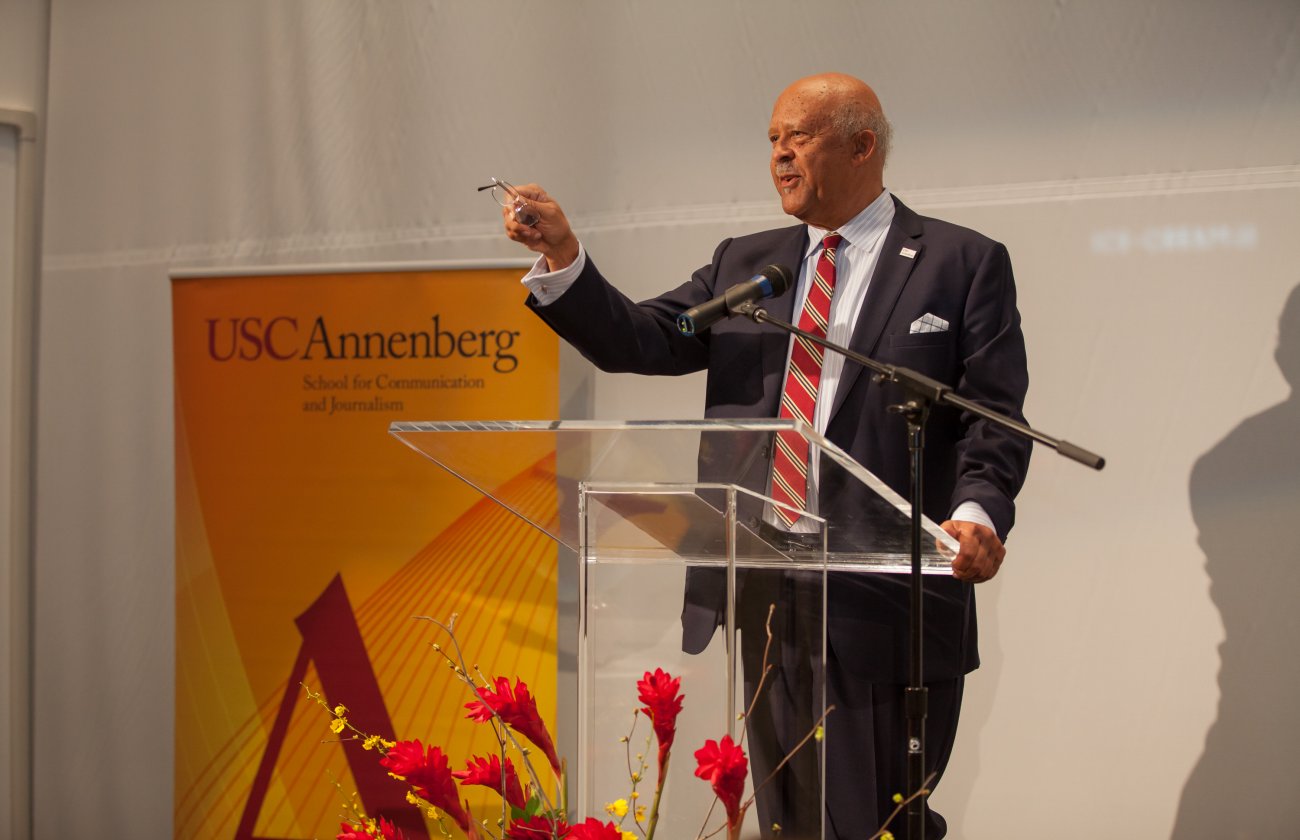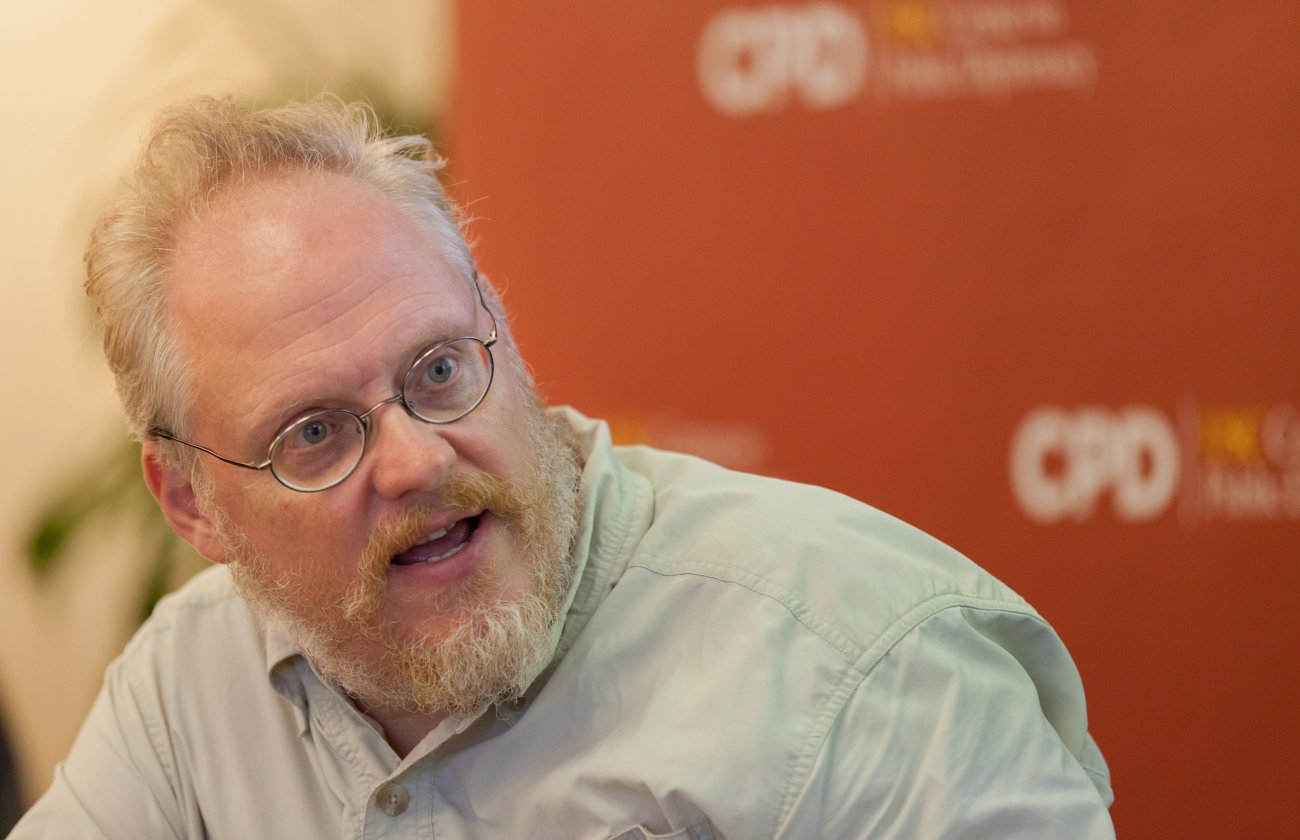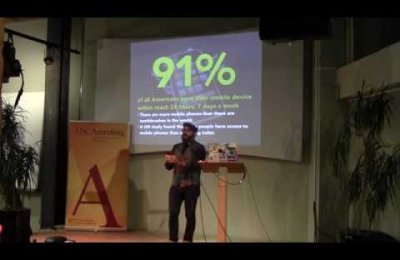Each summer, students in USC Annenberg’s graduate journalism programs hit the ground running, and this year was no exception.
In August, 60 M.S. Journalism, Specialized Journalism and Specialized Journalism (The Arts) students spent four weeks before the fall semester in the USC Annenberg Summer Digital News Immersion program, which marked the first time all journalism graduate journalism students have participated in the annual “boot camp” together.
Students convened in Wallis Annenberg Hall each day for classes and workshops meant to prepare them for the whirlwind nine months of journalism studies ahead, as well as familiarize themselves with fellow USC Annenberg graduate students and various instructors.
Combining the three graduate journalism programs for this year’s summer immersion was an initiative led by School of Journalism Director Willow Bay, according to professor and M.S. Journalism program coordinator Vince Gonzales.
“[Willow] wanted to create more of a sense of community among the graduate students,” Gonzales said. “We were looking for ways to teach more graduate students more efficiently and prepare them to enter the Media Center on day one of the fall semester, ready to create any content they might be called upon to produce.”
The 60 students were grouped into four sections taught by three instructors; one specializing in digital, one in audio and video, and one in text. Students were split into twelve groups and reconvened for general sessions and workshops several times a week. Within their groups, they were tasked with creating multimedia journalism stories revolving around the theme “LA: New Money, Old Money, No Money.”
In addition to taking classes from 9 a.m. to 3 p.m. every day, students had just a week and a half to pitch, research and report their stories, and one week to produce and polish them. Assigned to one of four beats ― business, community, housing and transportation ― students reported on everything from Bitcoins to parking fines.
The projects served as a sort of final exam for the program, and were designed to provide students a crash course in reporting, editing, coding and other skills.
“The goal was to take them from zero to sixty on multiplatform journalism, and to take a holistic approach to cross-platform journalism,” professor Robert Hernandez said. “They all have an incredibly solid foundation of modern cross-platform journalism, and that’s what makes us different from other schools, our holistic approach. We’re trying to build modern journalists who are prepared for the long term and disrupting our industry.”
Though students’ journalistic backgrounds ranged from 30 years in broadcast to no journalism experience at all, together they worked to produce top-notch writing, video, graphics, website design and more.
“It was an unknown experiment on how they would collaborate, and I was really impressed with the stuff that they produced,” Hernandez said. “Some of these folks have never done journalism before, so to see the go from nothing to the very top, to creating engaging modern journalism pieces, was fantastic.”
Additional changes to this year’s immersion program included shorter days, though an overall longer program ― four weeks as opposed to three previously ― as well as the fact that students learned coding early on in order to customize their project websites.
Another logistical change was the program’s location in the new Wallis Annenberg Hall. In years past, the Journalism and Specialized Journalism immersion programs were run separately, in different buildings. Thus, students didn’t always have an opportunity to meet peers in other programs until the first day of classes in the fall.
For professor Sasha Anawalt, director of the Specialized Journalism (The Arts) programs, combining the programs allowed for a greater sense of community. Anawalt took charge of ensuring that the students met one another, as well as graduate program alumni.
Anawalt also helped to organize voluntary afternoon workshops for students to learn from USC Annenberg faculty. Taught by instructors including Peggy Bustamante, Diane Winston, and Gabriel Kahn, the workshops on pitching, coding and a variety of other subjects served as unique learning opportunities for students and instructors alike.
“The workshops were a great way to hear and be part of how our various faculty teach and what they teach,” Anawalt said. “I really learned how incredible my colleagues were, since we don’t go into each other’s classes, so the workshops taught me a lot about teaching.”
View the "LA: New Money, Old Money, No Money" student projects below:
Failure to Launch: A closer look into the culture of failure within tech startups
It takes a village to raise a Bitcoin
Crowdfunding: The lurking danger of scams
To see or not to see: A sketch of the Los Angeles art scene
Fashion district facelift: Will Los Angeles be beautified or botched?
Snapping up Venice: How one company's global growth it igniting local controversies
Unaffordable LA: Where high rents affect everyone








